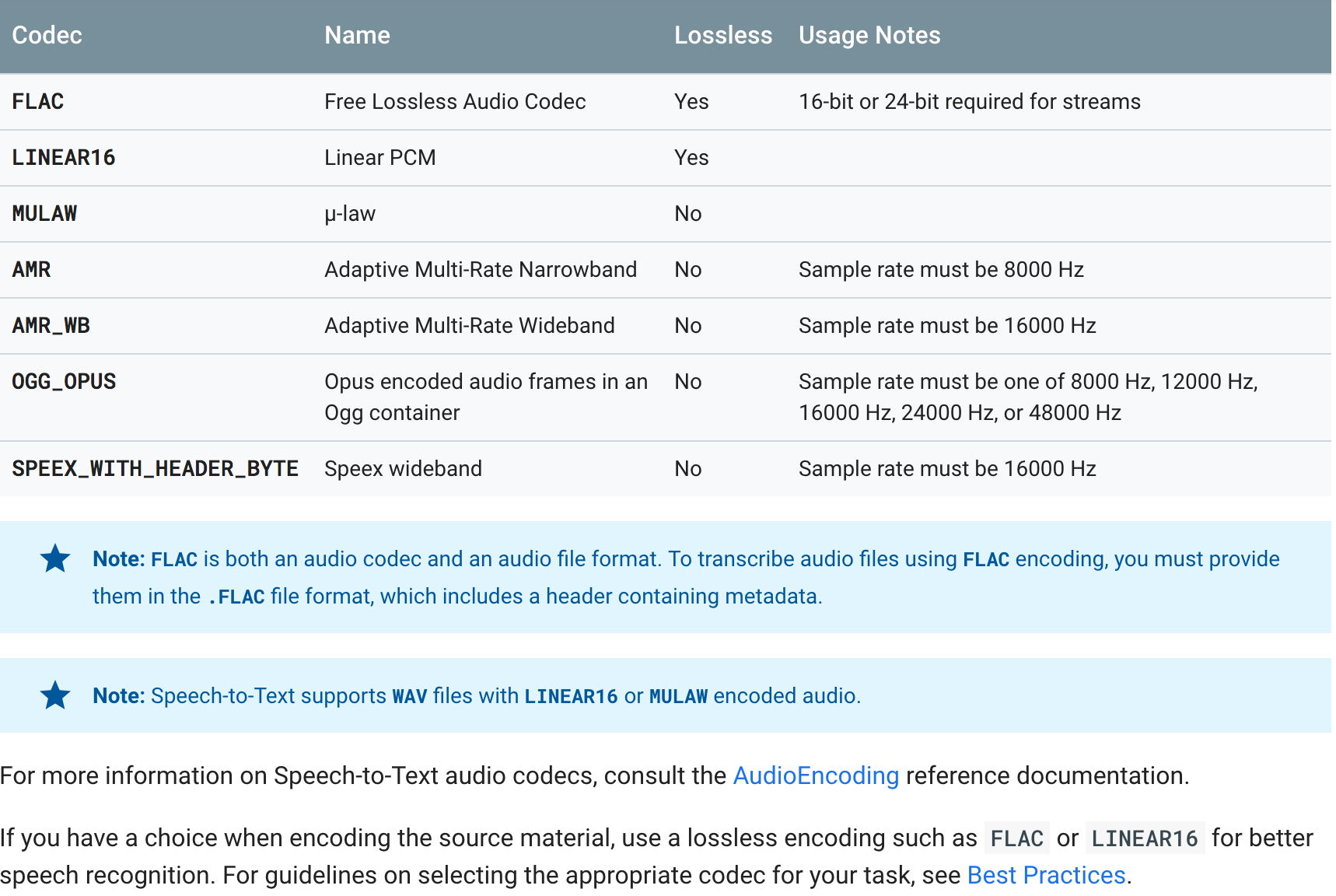


Blogcast generates audio versions of your articles, then gives you the raw audio for embedding it as a podcast back into. Replica also provides voice artist on-demand services, in which users.īlogcast is a service that enables users to convert blogs from text to audio. Replica enables users to create a AI-enabled Replica Voice using their own speech patterns, pronunciation and emotional range. The VocaliD API enables developers to integrate with the platform. VocaliD offers digital AI-voice personas for content creation and for custom voices for those living with speechlessness. The sendchamp API enables developers to integrate SMS, bulk SMS, voice call, and text to speech functions into applications. Sendchamp offers multi-channel messaging services in Africa. Multiple content blocks can be included within a single transaction. The store content API allows you to upload either alerts, recipient lists or content data and store directly onto the system.

In effect this API removes the need for you to call sendalert multiple times and is most often of use when specifying a set. This API allows you to send multiple, different, alerts at the same time.
#SPEECH TO TEXT API PROFESSIONAL#
The platform uses speech-to-text technology partnered with human professional subtitlers and is able to generate translations in. It can take audio data as input (URL or Base64 encoded), and return the letters.Ĭhecksub API is a service for adding captions and subtitles to video.

This is a speech to text API that is specifically designed to understand audio generated by "Audio Captcha" mechanisms. The Descript Overdub API enables users to programmatically interact with.
#SPEECH TO TEXT API PLUS#
It is a drop-in replacement for the.ĭescript provides realistic text to speech voice cloning plus transcription, podcasting, screen recording and other services. You can try to create a list of frequently used phrases and add that in the STT and check if there is an improvement in the outcome.Īlso, the audio channels that you are trying to transcribe, if it contains multiple channels, this document can be useful as well.Eqivo simplifies the integration between web applications and voice-enabled endpoints, such as traditional phone lines (PSTN), VoIP phones, webRTC clients etc. Refer to the list of supported class tokens to see which tokens are available for your language.Īpart from that, one other approach to improve the STT accuracy can be by addition of common phrases (single and multi-word) in the phrases field of a PhraseSet object. Please note there are predefined classes available and to use a class in model adaptation, include a class token in the phrases field of a PhraseSet resource. A class allows you to improve transcription accuracy for large groups of words that map to a common concept, but that don't always include identical words or phrases. This concept is part of model adaptation technique where classes represent common concepts that occur in natural language, such as monetary units and calendar dates. I would also like to draw your attention to the improvement of STT by use of classes. The enhanced model can provide better results at a higher price (although you can reduce the price by opting into data logging). By default, STT has two types of phone call model that you can use for speech recognition, a standard model and an enhanced model.


 0 kommentar(er)
0 kommentar(er)
